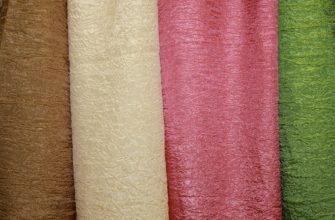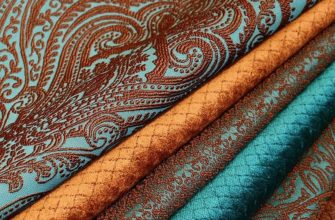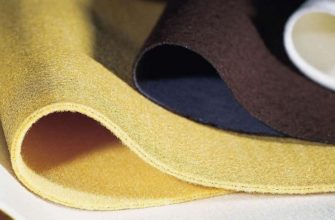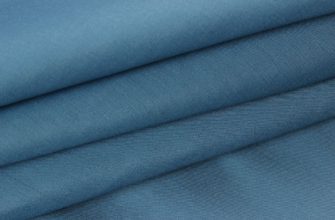Along with chintz, calico or linen, staple fabric has its own history. In the 50s of the last century, fabric products were in great demand. What types of staple are there, how to choose, sew and care for them? This and other issues are discussed below.
- The history of staple
- Composition and production features
- Scope of application of staple
- Main characteristics and properties
- Does it stretch or not?
- To wrinkle or not
- How to determine that it is staple
- What to look for when choosing a material
- Application - what is sewn from the material
- What kind of dress can be sewn from staple
- How to sew items from staple fabrics
- Care instructions
- How to wash clothes made of staple
- Ironing the product
- Advantages and disadvantages
- Customer Reviews
The history of staple
In the territory of the former USSR in the 50s of the last century, a new fabric began to be produced. The name "stapel" came from Germany, at that time the country was practically the leader in Europe in textiles. To produce new materials, they learned to use waste fibers and threads.
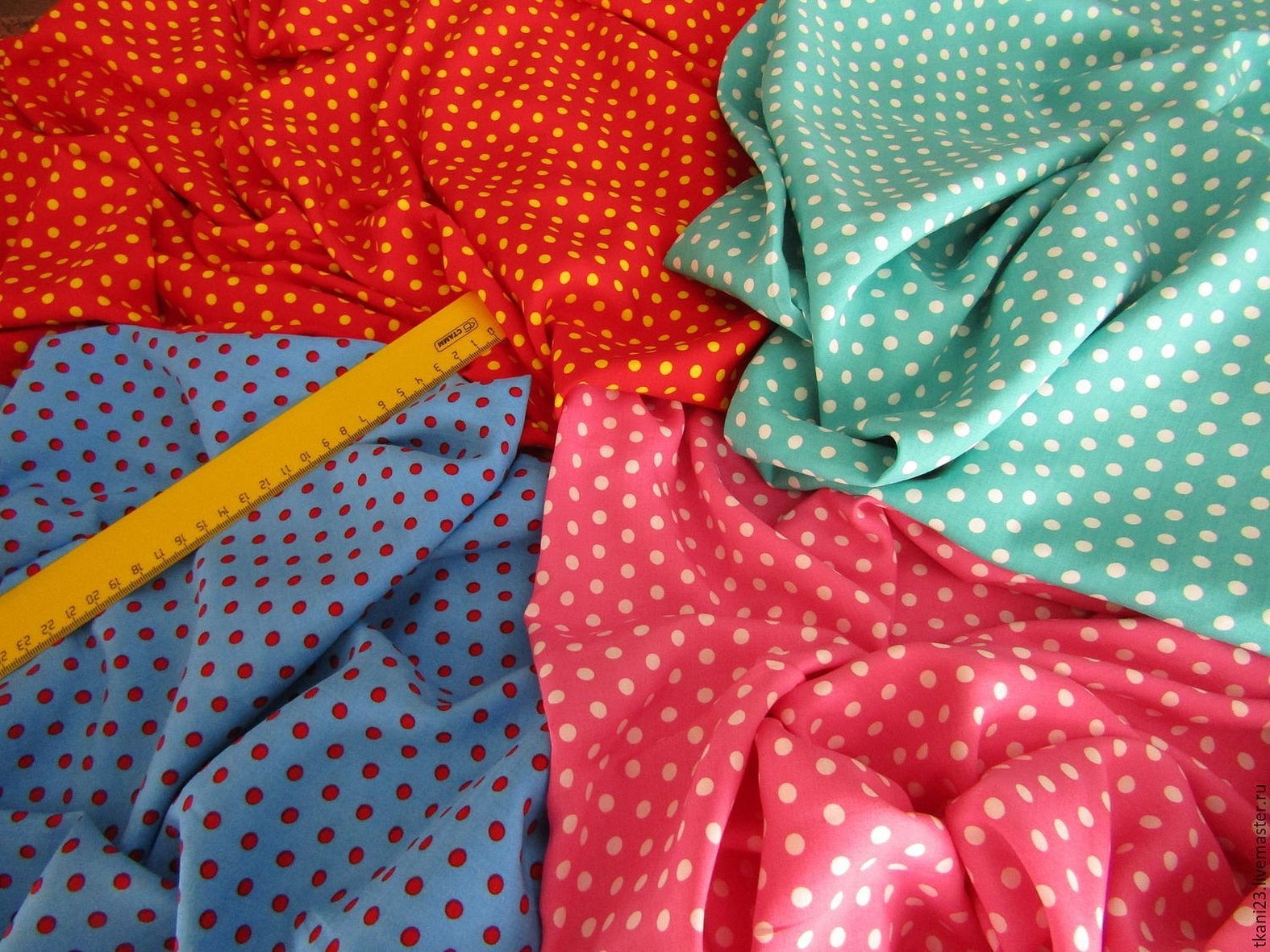
Soviet craftsmen, having generalized the experience of German textile workers, developed a new type of material. At first, the staple consisted of cotton and viscose, later they decided to add lavsan threads. The result of using fibers of different quality and properties was that the material had a low cost price. The fabric quickly became popular among women. The strength of the threads gave a guarantee of up to 10 years of wear. Almost the entire range was sewn from it - from everyday clothes to evening dresses.
Important! The advantages of the material are its hygiene and hygroscopicity; it is produced entirely from the remains of waste from the main production of natural materials.
The demand was so great that its production quickly became mass-produced. The fabric was sold at an affordable price. Today, staple is almost as popular and in demand. The cost is in the budget range, the changes affected only its composition.
Composition and production features
If you look closely at the fabric, you can see the interlacing of the threads. Only shortened fibers are used. The length usually does not exceed 40-45 mm, but can be up to 7 cm long. Staple owes its elasticity and resilience to short fibers.
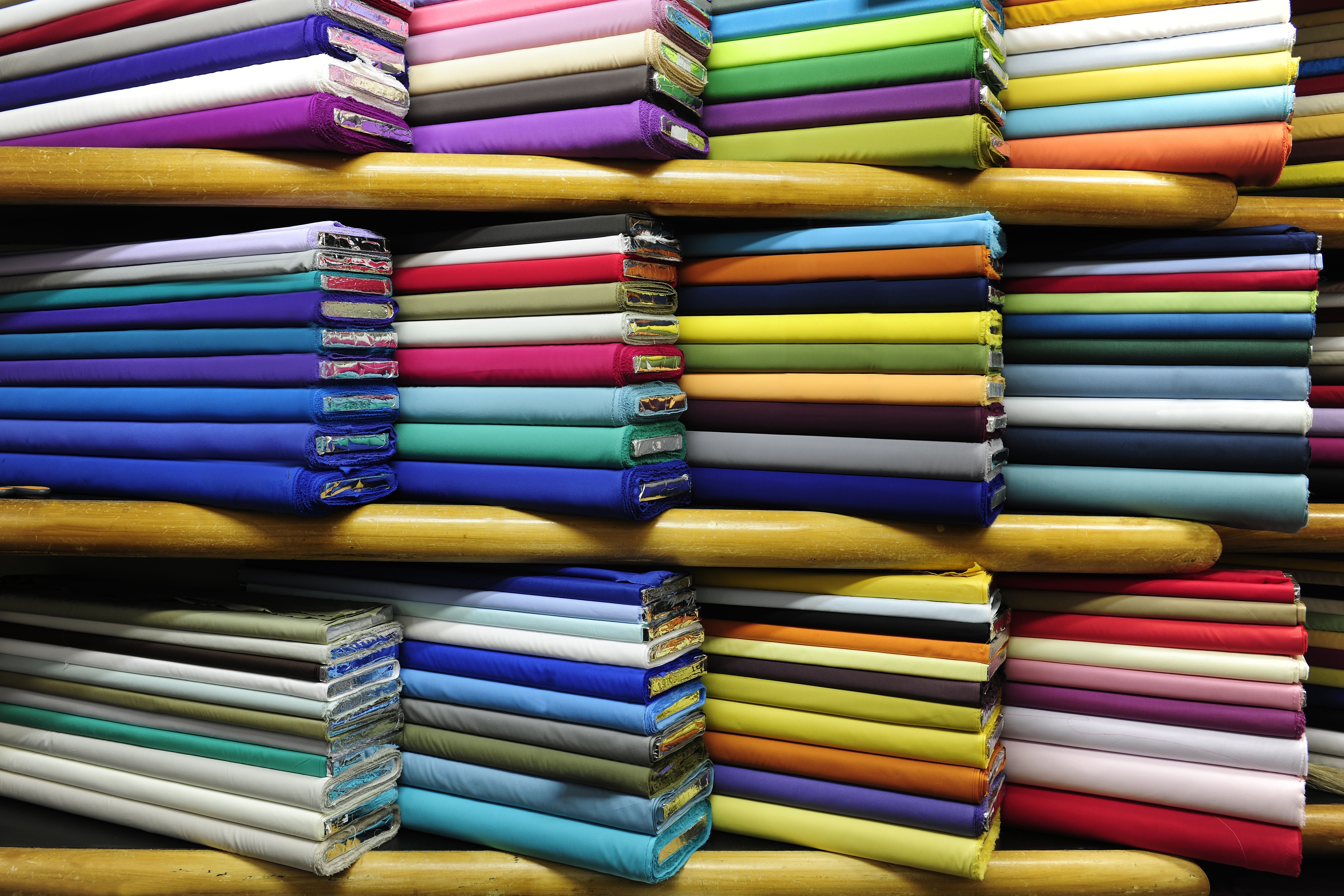
The composition of the finished staple fabric combines cotton and synthetic fibers (viscose or lavsan). Synthetic threads in the composition improve the characteristics of the fabric, they do not wrinkle as much when worn. As a rule, the ratio of natural to synthetic is used:
- 1:1;
- 2:3;
- 1:4.
The textile industry offers fabric entirely made of cotton fabrics. Synthetic fabrics are obtained by passing the polymer mass through spinnerets. What is it, the answer is - in the production of staple fabric. The process is vaguely reminiscent of twisting minced meat through a meat grinder. The difference is in the number of holes - up to 15,000 (with the wet molding method). Then they spin, dry, cut to the desired length.
Please note! The resulting fibers from the polymer mass are spun with the addition of natural threads, or entirely from synthetics. The finished yarn is used to produce staple material. The weaves in it are simple.
Descriptions of fabric types:
- Mixed (classic) - consists of viscose, cotton fabric, sometimes added lavsan. The ratio is usually 50/50. With lavsan 50% - natural cotton, 30% - viscose fibers, 20% - lavsan.
- Cotton is 100% natural. It is breathable and does not irritate the skin. The disadvantage is that it wrinkles when worn and does not stretch at all. The material is soft on the outside, without any roughness, light and pleasant.

- With lycra - a new technology is used, the fabric acquires elasticity. The percentage of additive is up to 20. The disadvantage of the fabric is shrinkage after washing, things wrinkle quickly.
What kind of fabric is this 100% viscose staple? It contains only natural threads, they are rarely produced, as is the 100% cotton version.
Scope of application of staple
Staple is a popular material for the light industry. It is widely used for sewing comfortable wardrobe items. They are durable and beautiful. Staple has become so popular in recent years that some manufacturers pass off synthetic fabrics as it.
You should be careful when choosing fabric. Staple cannot be cheaper than 250 rubles per meter. Quality materials, along with Russian textile manufacturers, are produced in Turkey and Indonesia. Korean manufacturers also appreciated the fabric and set up production.
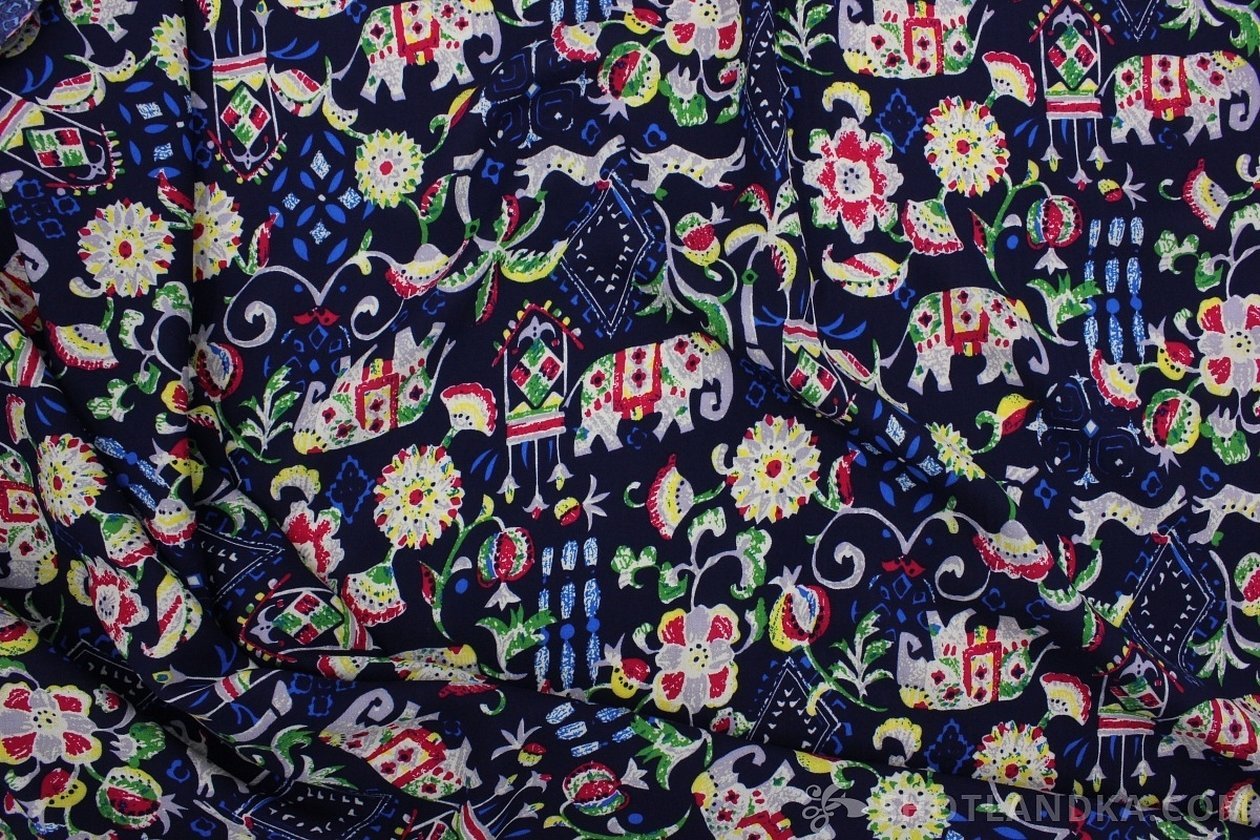
The material is most preferable for the summer season. The products pleasantly cool the skin, do not lose the brightness of colors in sunlight and look great up close. I sew women's and men's clothing equally successfully from staple. An excellent option is using ethnic colors and motifs. Sundresses or summer floor-length dresses, men's light shirts, shirts - this is not the full range of products manufactured.
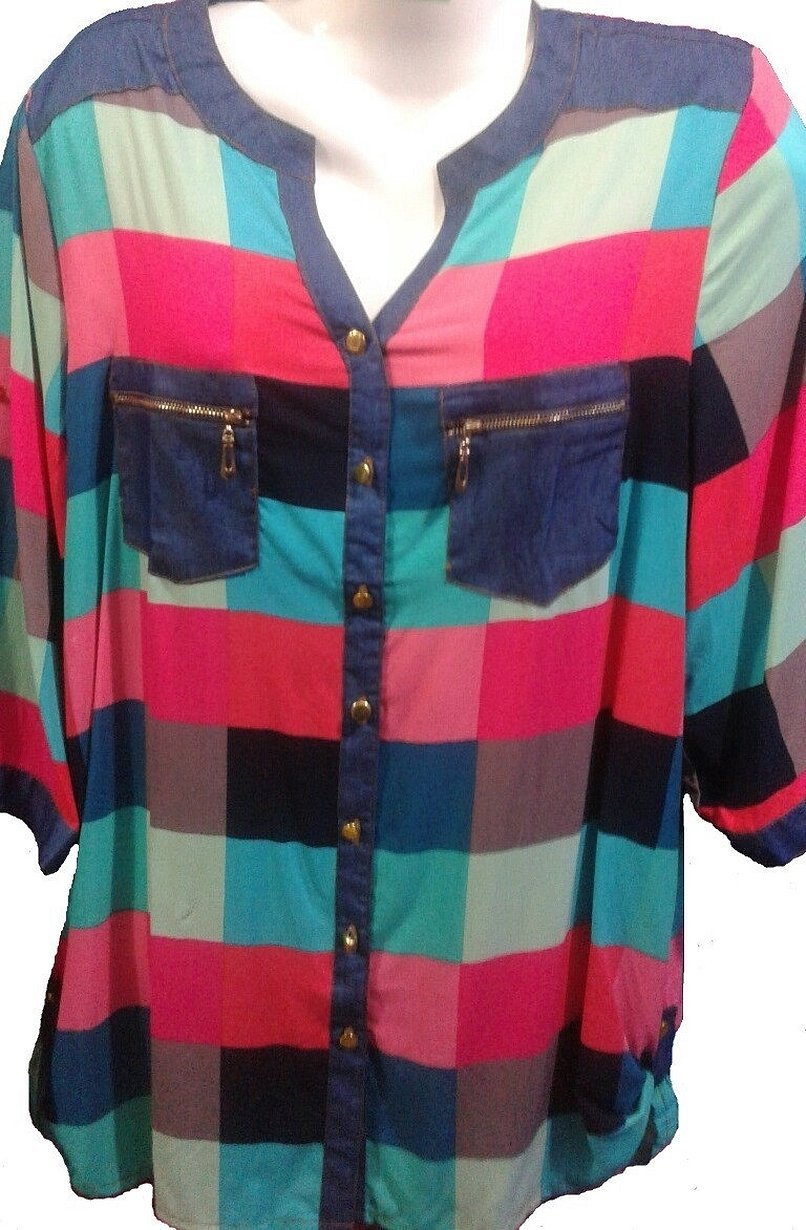
There are no age restrictions here. Everyone will find their own color scheme - a printed pattern, or calm pastel colors for office work.
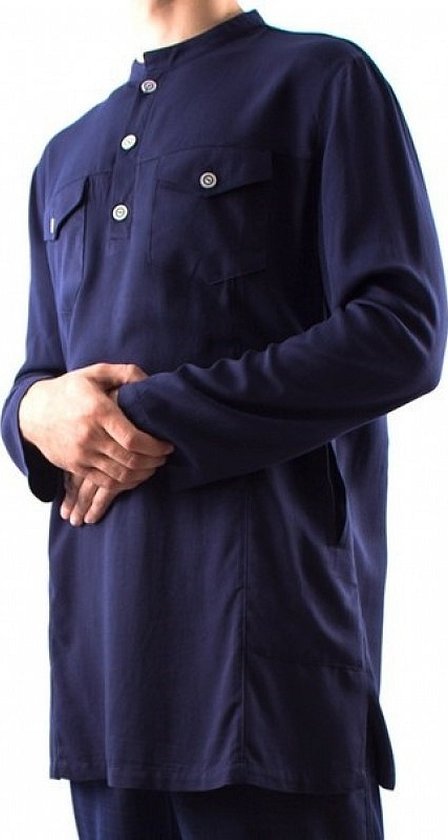
Main characteristics and properties
The fabrics in any version are soft, drape well, have a durable color and an affordable price in the budget range. What is it about staple that makes consumers love it so much? One of the popular options is a fabric made of three types of fibers: 44% lavsan, 22% nitron and 34% viscose thread.

Externally resembling fine wool, it is characterized by the following properties:
- absorbs moisture perfectly;
- elasticity;
- low shrinkage after washing;
- wear resistance.
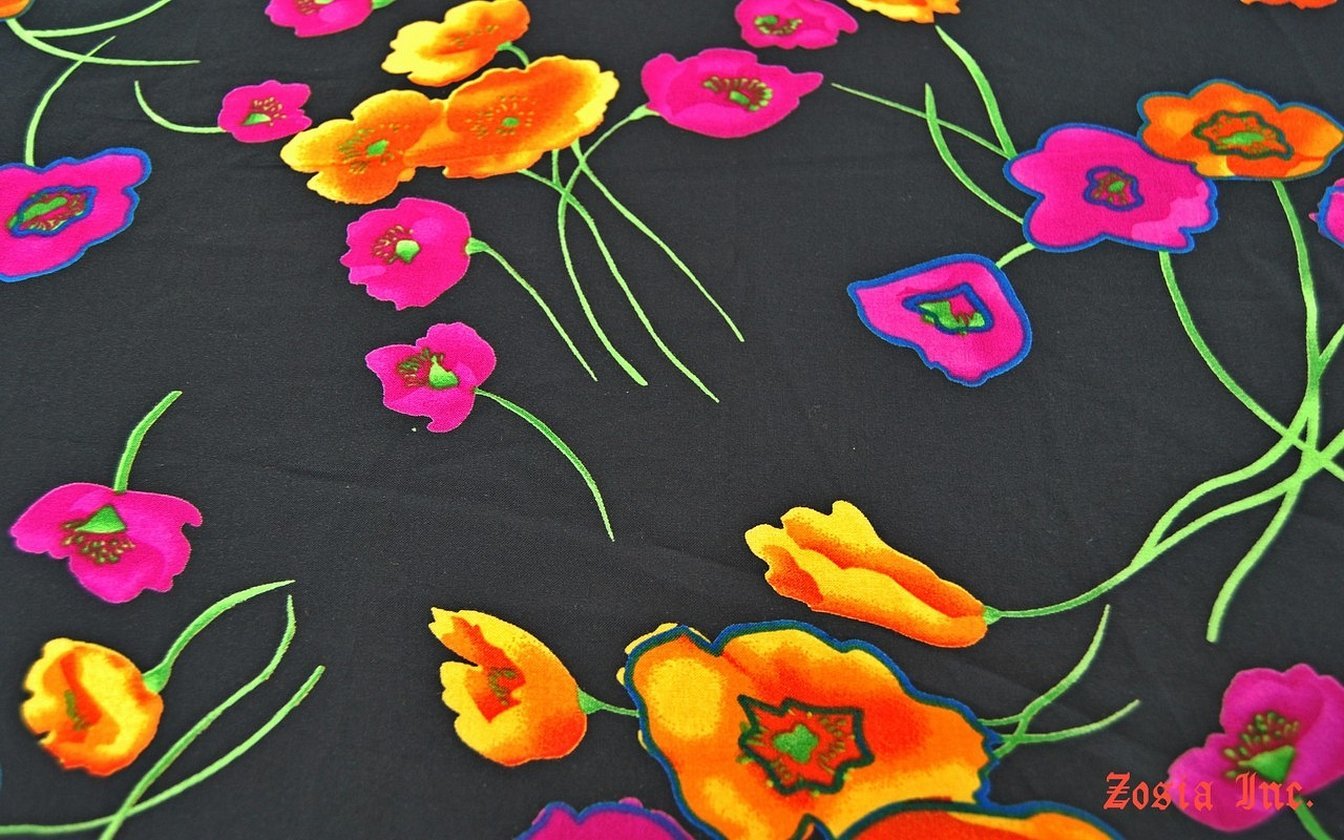
The composition of the staple does not affect the durability of the color, products made from it are always elegant. According to the method of applying the pigment, the following are distinguished:
- with uniform application;
- with the design being executed uniformly over the entire area;
- printing of an ornament on a limited area.
Particles of the dye are fixed on the fabric or gradually penetrate into the fibers.
Does it stretch or not?
Staple, what kind of fabric and with what additives, can be determined by the ability to stretch. Material with artificial fibers (lycra, elastane, vorin) has high elasticity. Skills are needed to cut and sew clothes from it. But this fabric has its own advantages, additives give a stretch effect.
Please note! The classic version of staple is practically not deformed. Whether staple can stretch or not is judged by its composition.
To wrinkle or not
If staple made of artificial fibers is used, it wrinkles a lot. Therefore, to the question of what staple fabrics are, we answer: light, soft, but very wrinkled material. Adding lavsan or special treatment reduces this disadvantage.
How to determine that it is staple
To find out whether it is real staple or cheap synthetic fabric, you should do a little research or trust your feelings. Soft and pleasant fabric is a bit like a thin piece of knitwear, but it stretches less. A simple method is to pull it to the sides. After that, genuine staple should return to its original shape.
What to look for when choosing a material
Before purchasing fabric for sewing clothes or a finished product, you should pay close attention to the following points:
- how high quality is the fabric;
- brightness of color scheme;
- price per 1 meter;
- factory - manufacturer;
- compound;
Please note! Staple is the saturation of color, softness and resistance to stretching.
Application - what is sewn from the material
Most often, staple is used to sew clothes for children (for warm weather), summer wardrobe for women (dresses, sundresses, etc.), home items (robes, tunics) and underwear sets for rest or sleep (shorts, skirts, suits, shirts).
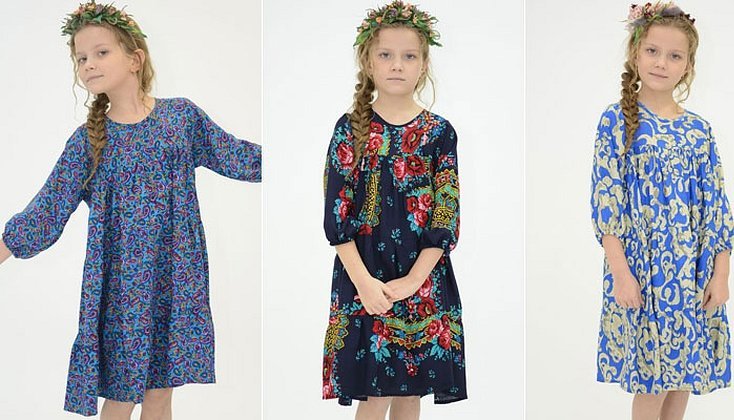
Thanks to the wide range of material varieties, it is possible to sew clothes for all household members. In addition, many people hang curtains made of the material on their windows. A set of a kitchen apron with fabric napkins will be a pleasant gift for any housewife.
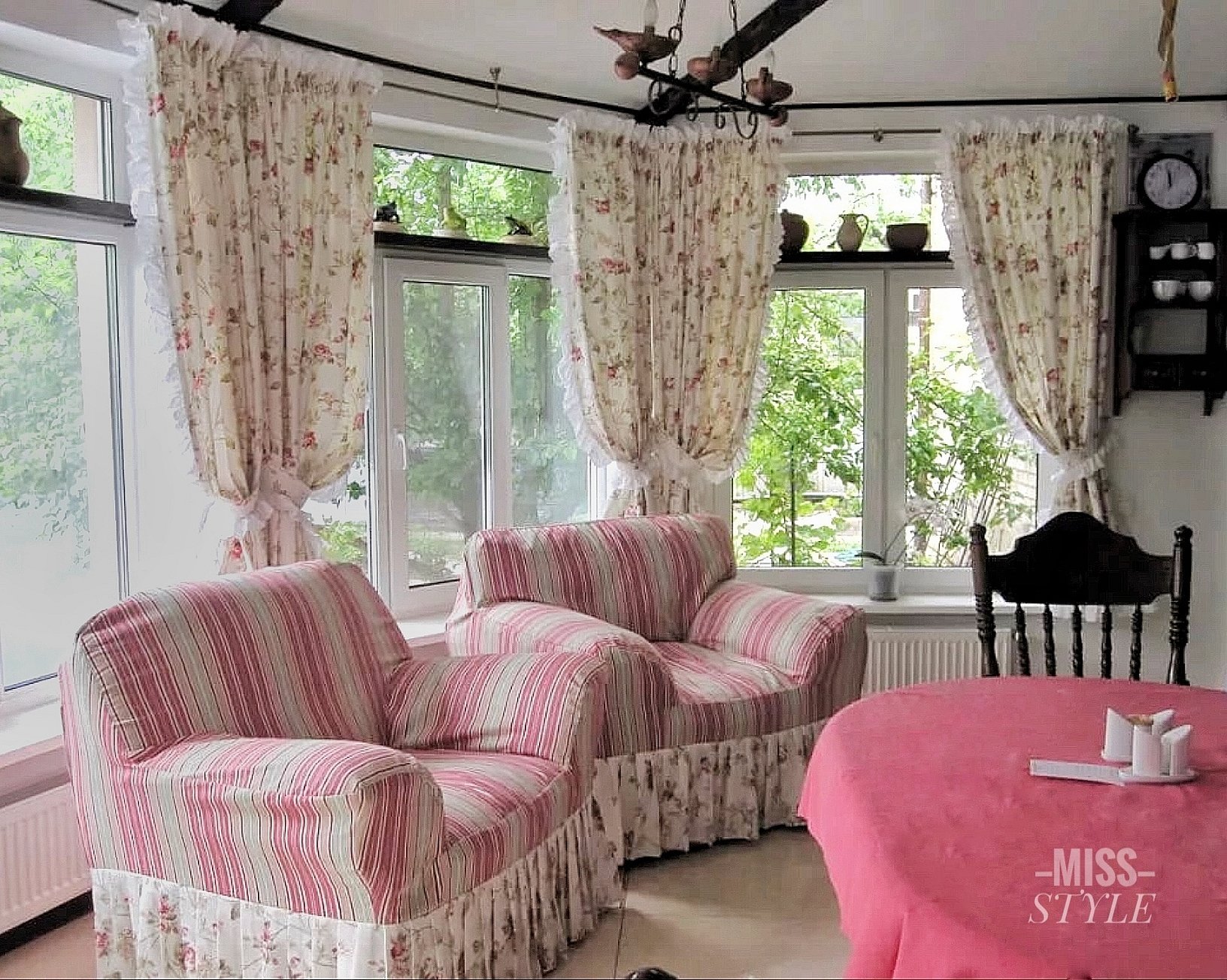
What kind of dress can be sewn from staple
A long dress is a great solution for girls who are prone to being overweight. Its loose cut will hide problem areas in the waist or hips. Such clothes will be convenient and comfortable in the summer heat. The colors do not lose their brightness for a long time. If you take proper care of it, the dress will not lose its shape for a long time. In addition, you can sew a whole wardrobe of summer clothes for adults and children. The clothes are hygroscopic and pleasant on the body.

How to sew items from staple fabrics
The material is in great demand in light industry and handicrafts. It has a number of serious advantages over other lightweight fabrics:
- almost does not crumble when cutting along the cutting line;
- homogeneous structure without thread shifting;
- there are no needle marks when sewing;
- If you have the skills, it's easy to cut out the details.
Before making patterns, it is recommended to do the following:
- soak the entire piece in water at a temperature of up to 40 degrees;
- without deforming, squeeze slightly when wet;
- place on a terry sheet, roll into a roll (excluding creases and folds);
- Carefully straighten the almost dry fabric and iron it through dry gauze or mesh.
It is better to start at the edges, then move to the center of the cut. The material should not stretch. If everything is done correctly, then there will be almost no further shrinkage during subsequent washings. This is how new clothes are washed. If the needlewoman does not want to burden herself, it is enough to simply cut the products with a length reserve of 3-4 cm (for shrinkage).
Care instructions
When wearing and using products, you need to know about simple rules. In this case, the clothes will not lose their shape, will not stretch at the edges and will not tear. Shrinkage products are sold in stores. After processing them, the products almost do not change size. Many are interested in what kind of fabric is staple with the addition of satin. The industry produces denser fabrics, the structure resembles stretch with a sheen. It wrinkles much less than other types of fabric.
How to wash clothes made of staple
If you do not wash the items by hand, you should turn on the delicate mode at a temperature of no more than 40 degrees. You should add the appropriate compositions (not aggressive) to the detergent compartment. If the fabric is heavily soiled, you should first rub it with powder.
Attention! Wring out the items manually only to avoid deformation. Dry them better on a horizontal surface, carefully straightening out the folds.
Ironing the product
To ensure that clothes look neat and do not stretch when worn, it is recommended to iron only from the inside out through a thin cloth or gauze.
Advantages and disadvantages
Staple fabric has many advantages due to its special structure (short threads-fibers):
- the fabric is very soft to the touch;
- does not show through in the light;
- good density indicators;
- when adding artificial fibers, the fabric is elastic;
- wear resistance, no coils or snags when worn for a long time;
- the color of the products does not fade in the sun;
- absorbs moisture (hygroscopicity);
- breathability, equally comfortable in extreme heat in summer and winter;
- antibacterial;
- hypoallergenic.
Staple is an ecological material, it is safe for the environment. When sewing in products it is easily draped.
The material also has its disadvantages:
- after the first wash, 100% cotton staple shrinks significantly, up to 6-7%, so when choosing a size or cut, it is necessary to take into account the possible reduction in the product;
- when wet, the fabric is fragile and can easily tear with little force;
- Do not wash or spin at high speed.
Please note! To prevent staple clothing from shrinking significantly after it has completely dried, it must be ironed damp.
The successful combination of cost and striking appearance appeals to many ordinary people. From the appearance of the material to the present day, it continues to please consumers.
Customer Reviews
Ekaterina, 34 years old
"After buying a summer suit made of staple, I don't want to wear my other clothes anymore. The long shorts and loose tunic are not felt on the body at all. They are soft and cool at the same time. This is the best set for a hot summer in Krasnodar. The fabric wrinkles, that's a fact. But you can get used to this drawback. Staple has no other disadvantages.
I wash it by hand, hardly wring it out, lay it out on a sheet or a large towel. That's all, I just need to straighten out all the folds. Then I iron it carefully with steam, and that's it, the outfit is ready. The print with the bright stripes really wins out, it lengthens the figure and looks awesome. I'm also planning to sew a loose-fitting trouser suit."
Valentina Stepanovna 61 years old
"I always loved staple, the fabric was always in my wardrobe when I was young. And now, it's like I've got a second wind. Bright, soft and comfortable things at an affordable price. This is especially important to me. I left work, my health does not allow it. And in retirement, every purchase is an event. But I don't regret that I bought myself a dress and a sundress for the dacha. The neighbors are jealous, but I keep quiet. Let them think that my daughter brought it to me from Italy. But this is our Russian staple!"
Please note! Thus, staple is a durable and beautiful material with a wide variety of colors.
The fabric is unpretentious when sewing, so it is very popular. However, you should remember the disadvantages of the fabric, which are quite few, and properly care for products made from this material.

